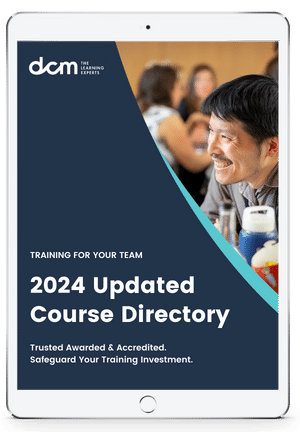Many project teams use the reporting tools in their collaborative project site to track work, identify risks and issues, and keep stakeholders informed about the project. Depending on the project and organizational processes, additional project reports with in-depth analysis and recommendations may also be required when a project ends.
Writing a report is a useful opportunity to evaluate the project, document lessons learned, and add to your organization’s knowledge base for future projects. Below is a seven-step process to help you write an effective project report.
7 Steps to Writing Effective Project Reports
1. Decide the Objective
Take some time to think about the purpose of the report. Do you need to describe, explain, recommend or persuade? Having a clear purpose from the outset ensures that you stay focused, which makes it easier to engage your reader.
2. Understand Your Audience
Writing a formal annual report for your stakeholders is very different to a financial review. Tailor your language, use of data and supporting graphics to the audience.
It is also useful to consider the personal communication style of the reader, for example, how do they write emails or structure documents? Reflect their preferences where possible. You may need to develop a more formal or informal tone to your own natural style. Adapting this technique will build rapport and make the reader more receptive to your ideas
3. Report Format and Type
Before you start, check the report format and type. Do you need to submit a written report or deliver a presentation? Do you need to craft a formal, informal, financial, annual, technical, fact-finding or problem-solving report? You should also confirm if any templates are available within the organization. Checking these details can save time later on!
4. Gather the Facts and Data
Including engaging facts and data will solidify your argument. Start with your collaborative project site and work out as needed. Remember to cite sources such as articles, case studies, and interviews.
5. Structure of the Report
A report typically has four elements:
- Executive Summary. Your report will begin with the summary, which is written once the report is finished. As the first item the reader encounters, this is the most important section of the document. They will likely use the summary to decide how much of the report they need to read so make it count!
- Introduction: Provide a context for the report and outline the structure of the contents. Identify the scope of the report and any particular methodologies used
- Body: It’s now time to put your writing skills to work! This is the longest section of the report and should present background details, analysis, discussions, and recommendations for consideration. Draw upon data and supporting graphics to support your position
- Conclusion: Bring together the various elements of the report in a clear and concise manner. Identify next steps and any actions that your reader needs to take.
6. Readability
Spend some time making the report accessible and enjoyable to read. If working in Word, the Navigation pane is a great way to help your reader work through the document. Use formatting, visuals, and lists to break up long sections of text.
7. Edit
The first draft of the report is rarely perfect so you will need to edit and revise the content. If possible, set the document aside for a few days before reviewing or ask a colleague to review.
Source: BrightWork
Inhouse Tailored Training for Your Team
We provide training programs that are developed by industry, for industry. Our range of programs can be delivered in a way that suits the needs of your business to offer your employees learning that is accessible and flexible.
We add value to your business by providing specialised, flexible and scalable training that meets your training needs. As your workforce grows and evolves, our globally certified and industry-validated learning solutions can assess, train and qualify your employees. For more information on how we can help please visit the in-house training page.
Membership, Stay Connected. Stay Relevant.
Completing a program is a point-in-time exercise that delivers huge value, but there is a next step to maintaining the currency of your skills in the ever-evolving professional world.
Membership is the next step.
A unique platform, membership is designed to ensure that you are in tune and up-to-date with the latest tools, trends and developments. Being a member provides just-in-time training and continuous professional development, and an exclusive and evolving content library informed by subject matter experts and industry leaders.







